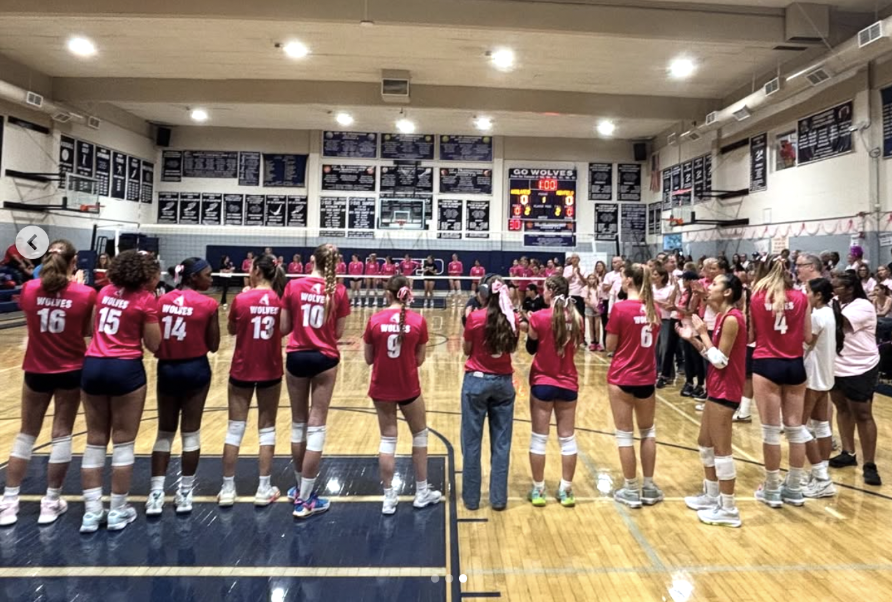For once, I wasn’t sprinting with a heavy backpack to my first class, twenty minutes late, and already dreading the familiar lunch detention email I was about to receive. This year, I stopped by the cafeteria, grabbed a warm chocolate-chip muffin, and walked to class.
Flintridge Prep’s new daily schedule, moving from 8:10 a.m.-2:30 p.m. to 8:30 a.m.-2:55 p.m., was introduced with the promise of helping students focus better. The change aligns with research showing that teenagers’ brains are wired to function best later in the morning. In theory, an extra twenty minutes of rest should help students arrive at class more alert and ready to learn. Walking onto campus this August, you could feel a difference. Students trickled in from lower and upper lots with a bit more calm, and classrooms buzzed with slightly more energy. Yet, while the intention is clear, the adjustment has not been so simple in practice.
Some students appreciate the time shift. Sophomore Tyler Woo states that the extra twenty minutes “feels like a big difference,” allowing him to get the sleep he used to miss. However, mornings haven’t changed for others. In some cases, they may have gotten harder. Parents’ work schedules have remained the same, carpools from Claremont to La Canada still leave early, and athletes continue waking up before sunrise. Cross country runner Amelia Kaufman explains “I wake up at 5:30 every day to get to practice. The later start isn’t benefiting my sleep at all.”
Office hours are another concern. Instead of the flexible after school slots from 2:30 onward, office hours are now limited to 8-8:30 a.m. On Wednesdays, they disappear entirely because of faculty meetings. As Kaufman perfectly describes, “the one slot [of office hours] we are given is literally the time we are supposed to not be working.” For Prep students—especially those in AP or honors classes—office hours are a necessity. Yet, the new schedule places them at a time when, ironically, research suggests that student focus is lowest at that time of day.
The longer school day also impacts extracurriculars. With dismissal at 2:55, clubs and sports now overlap. As a student in multiple clubs as well as Spiritline, I’ve had to choose between attending activities I used to attend freely. What seem like choices are really limitations imposed by the schedule. The later end to the day has also made transitions to practices more rushed, with most starting at 3:30. Dancer Sidney Choi shared her main concern with the schedule: “I barely have time in between clubs– they start at 3 and end near 3:25– to rush to the dance room, slick back my hair, fill up water, and stretch by 3:30.”
Lunch has shifted to a later time as well, with second lunch students eating at 1:10 pm. Those who wake up early often feel especially hungry by the time the break arrives. Zoe Gilbert, a busy sophomore, has meetings during almost every meal, making lunch her only real break. “Waiting until mid afternoon makes the day even more draining,” she explains.
The new schedule reflects Prep’s commitment to student wellness, and the effort to align with sleep research is commendable. However, as students, our experience shows how start times are only one piece of the puzzle. Wellness also depends on meal times teaching meetings, and balancing academics with extracurriculars. The new schedule is a step in the right direction, but not a solution on its own. Moving forward, continuing to listen to student voices is the best way to make sure changes meet their intended goal. After all, the best schedule evolves with its students.







